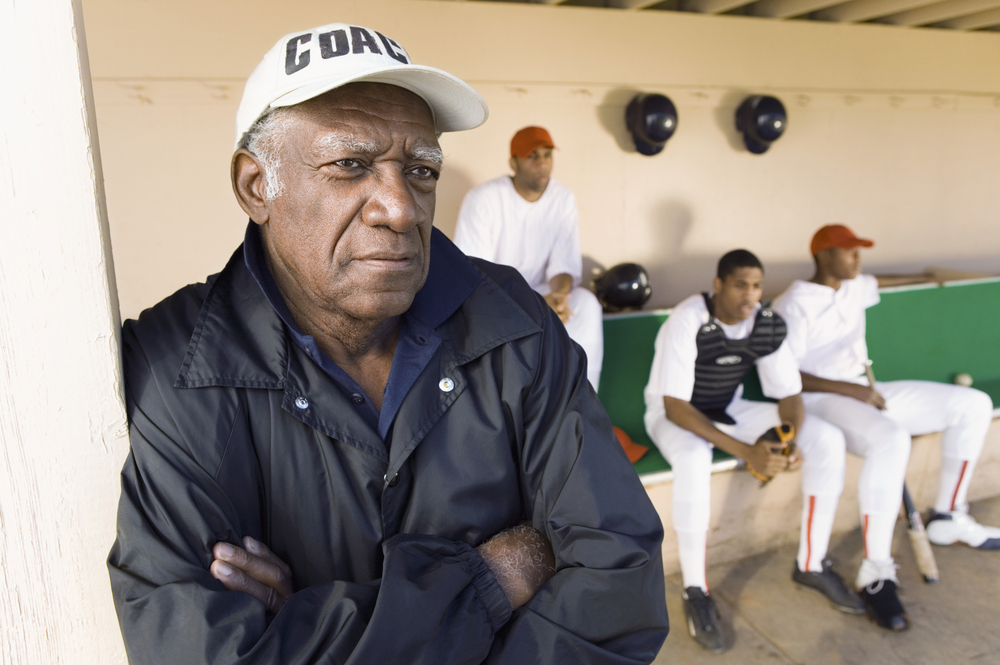In December, President Donald Trump signed the bipartisan Juvenile Justice Reform Act (JJRA) of 2018, which reauthorized the landmark Juvenile Justice and Delinquency Prevention Act for the first time since 2002. Passage of the JJRA, which followed more than a decade of debate, will strengthen protections for youth in the justice system.
Media coverage highlighted some of the law’s most consequential and newsworthy provisions, including requirements that youth charged in the adult system must be housed in juvenile facilities while awaiting trial and that states must limit to seven days detention of youth charged with status offenses, such as underage drinking and truancy, that wouldn’t be a crime if committed by an adult. But beyond those headlines was another mandate that deserves attention and analysis: a requirement that the federal Office of Juvenile Justice and Delinquency Prevention (OJJDP) develop a national system for measuring recidivism.

Dana Shoenburg
It will be a complex challenge to create a uniform method of data collection and national system of measurement that capture a meaningful and comparable picture of subsequent offending across states. Jurisdictions define and measure recidivism in myriad ways, and young people come into a juvenile justice system with different risk profiles and histories of offending.

Melissa Sickmund
So while we acknowledge that recidivism is an imperfect but necessary indicator of a system’s success, we also agree with researchers, system administrators and advocates who argue that federal and state agencies should track a broad range of outcomes for youth no longer under supervision. This would help provide practitioners and policymakers with a complete picture of how well their systems are performing.
With that in mind, and in hope that it may help inform OJJDP’s effort, we’re sharing some lessons learned from a project led by The Pew Charitable Trusts and the National Center for Juvenile Justice (NCJJ) to help California, Los Angeles County, Massachusetts, South Carolina, Utah and Washington improve their recidivism reporting. The work was framed by three goals:
- Empower practitioners and policymakers to create benchmarks and accurately measure system performance over time.
- Ensure that states use research-informed measures that capture the full picture of subsequent offending and also allow for accurate comparisons among groups of young people.
- Provide a baseline for state-to-state assessments so that careful and equivalent comparisons can be made.
With help from NCJJ staff, each participating jurisdiction reported data based on this definition of recidivism: “a misdemeanor or felony within 24 months of release from confinement from a juvenile correctional agency that results in a subsequent adjudication in juvenile court or conviction in criminal court.” Where possible, participants applied essentially the same definition for youth who are not confined but are nevertheless part of the system, including probation, diversion and dismissals.
The project equipped each jurisdiction with a template that in the future will allow officials to consistently and collaboratively track subsequent offending. Each jurisdiction’s findings confirmed that although tracking post-release offenses provides some information about how an individual system is changing over time, differences in data, policies and practice make comparisons between jurisdictions less instructive.
These differences include the ages covered by the juvenile system, how often diversion is used, the types of offenses that qualify for transfer to criminal (adult) court, the risk levels of youth on probation and in placement, and the quality of programming and who has access to it — all of which vary from state to state.
Furthermore, recidivism reflects both an individual’s behavior and decisions made by the professional staff who operate the system. An adjudication, after all, is the product of policing, investigation and charging practices, coupled with the actions and recommendations of defense attorneys, prosecutors, probation officials and judges. Jeffrey A. Butts and Vincent Schiraldi summed this up in a March 2018 paper published by the Kennedy School of Government, noting, “When policymakers use recidivism outcomes to judge the effectiveness of crime-reduction strategies, they fail to account for the bureaucratic contribution to recidivism.”
Because data on subsequent offending are an amalgam of factors, jurisdictions should avoid relying exclusively on recidivism data to measure whether the system is having a positive effect on youth. But the data can be used as one of several metrics to assess whether diversion, probation and other components of the system are meeting expectations and changing over time.
Policymakers also need to recognize that as systems move toward allowing more youth to stay home and limiting the use of facilities to those who have committed serious offenses — and have an elevated risk for reoffending — the rate of subsequent offending among youth exiting those facilities may increase. That is because the population leaving detention doesn’t include as many lower-risk youth. In other words, an increased recidivism rate may simply indicate that a state is directing more of its resources toward higher-risk youth and diverting lower-risk youth. Also, the reoffense data collected should be nuanced enough to account for the difference between a low-level misdemeanor and a serious felony, because not all reoffending is of the same degree and severity.
Other ways to monitor progress
Even with a uniform method of measurement, states will still face obstacles as they seek to improve data collection, analysis and reporting. One is inadequate technology infrastructure, a challenge that needs to be remedied if states expect to benefit from enhanced outcome measurement. In addition to upgrading infrastructure, jurisdictions must also change such practices as using open data fields that allow anything to be written in, preventing a meaningful compilation of information, and overwriting past information, which eliminate the possibility of historical analysis.
Success can also be thwarted by the technical inability to share data across the courts, probation, facilities and adult corrections; lack of expertise to address legal constraints on data sharing; lack of clarity about descriptive terms; difficulty accounting for diverted cases and expunged records; and competing priorities among agencies, or lack of a mandate from leadership.
We’re convinced that while recidivism may be a valid starting point, we must move beyond simply measuring failure in order to obtain a true picture of juvenile justice effectiveness. Systems also must track outcomes related to education, job readiness, emotional well-being, health and engagement with supportive activities or organizations. Numerous national juvenile justice organizations are already moving in this direction, urging their members to measure positive youth outcomes as routinely as they measure reoffending.
Some advocates suggest that the juvenile justice system should operate more like a coach and less like a referee, and measure system outcomes accordingly. While a referee looks for errors to penalize, a coach seeks improvement on the road to success. While a referee makes judgments and metes out consequences for mistakes, a coach rewards progress, recognizing that youth are unique individuals whose needs and strengths shape the pace at which they change.
We hope that as they build a national system for measuring recidivism, the staff and leadership at OJJDP — and state policymakers as well — keep these nuances and details in mind, encourage investments of time and resources into building the data systems and relationships necessary to track system performance and consider a multidimensional approach to tracking outcomes that will yield the most meaningful results.
And while comparing data across states is challenging, state and local jurisdictions are encouraged to look beyond recidivism as a primary benchmark to create a much broader narrative about the performance of the system, including educational outcomes, job readiness and the overall well-being of youth after release.
The kids in our systems deserve no less.
Dana Shoenberg, J.D., LL.M., is senior manager at The Pew Charitable Trusts’ public safety performance project and Melissa Sickmund, Ph.D., is director at the National Center for Juvenile Justice, research division of the National Council of Juvenile and Family Court Judges.
